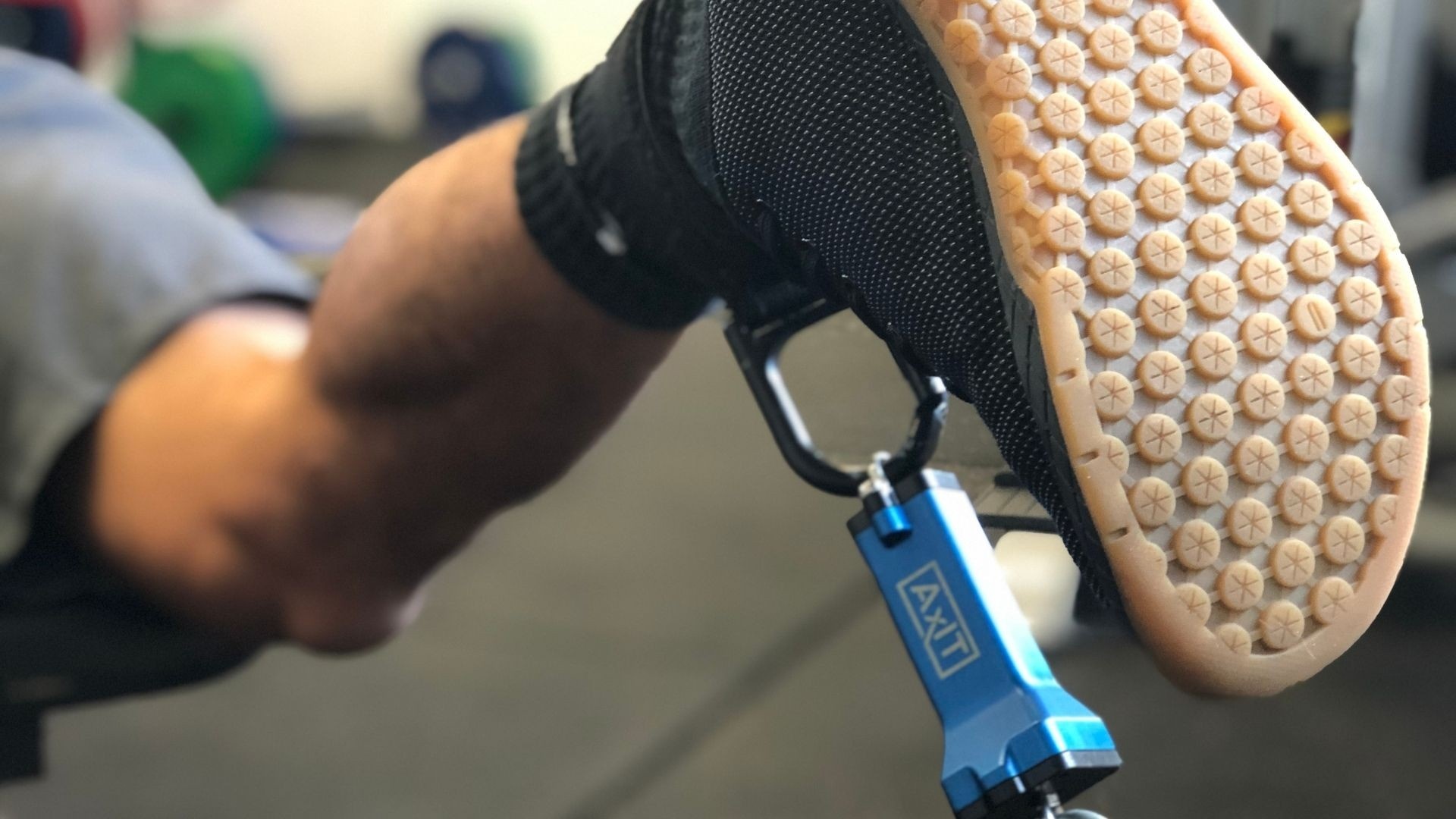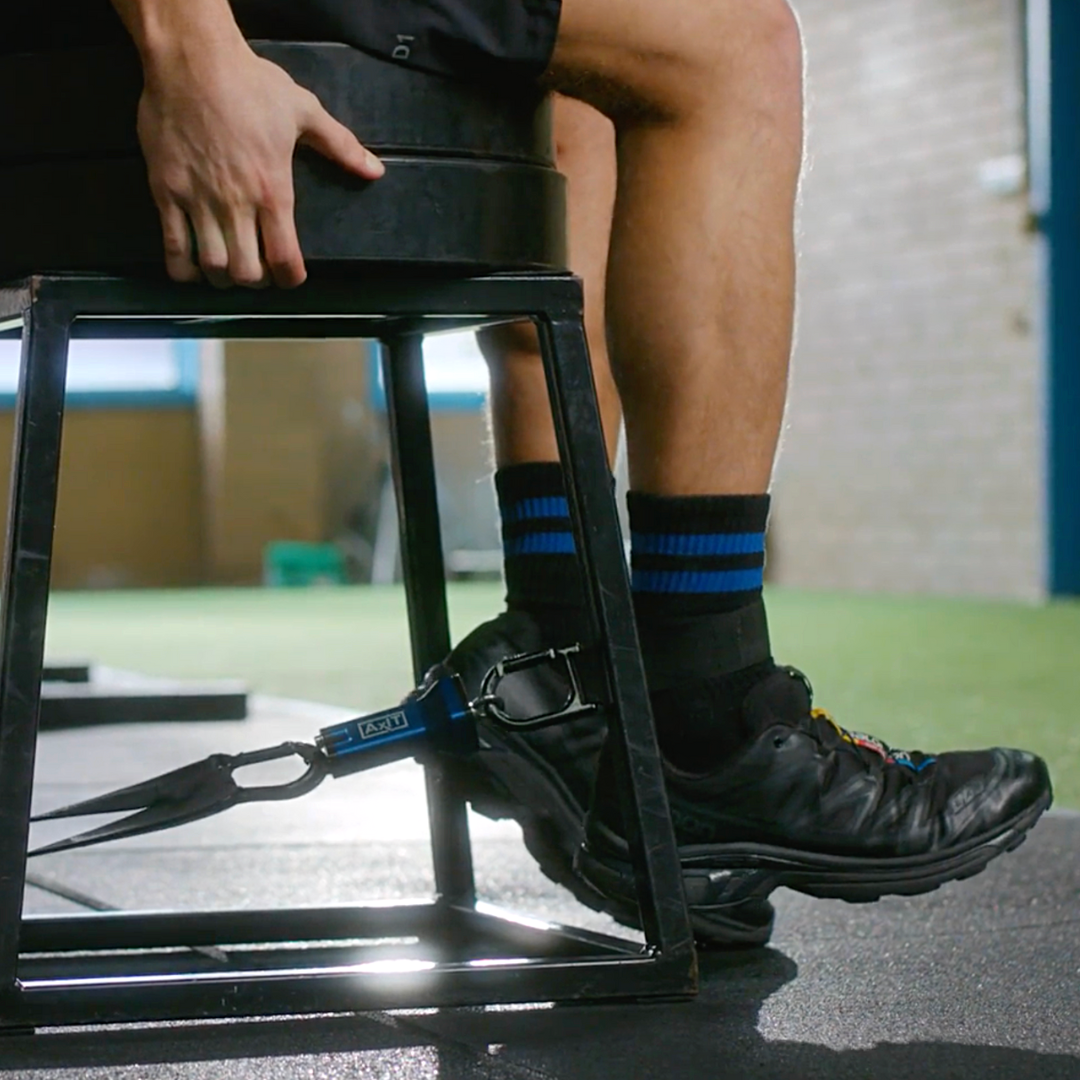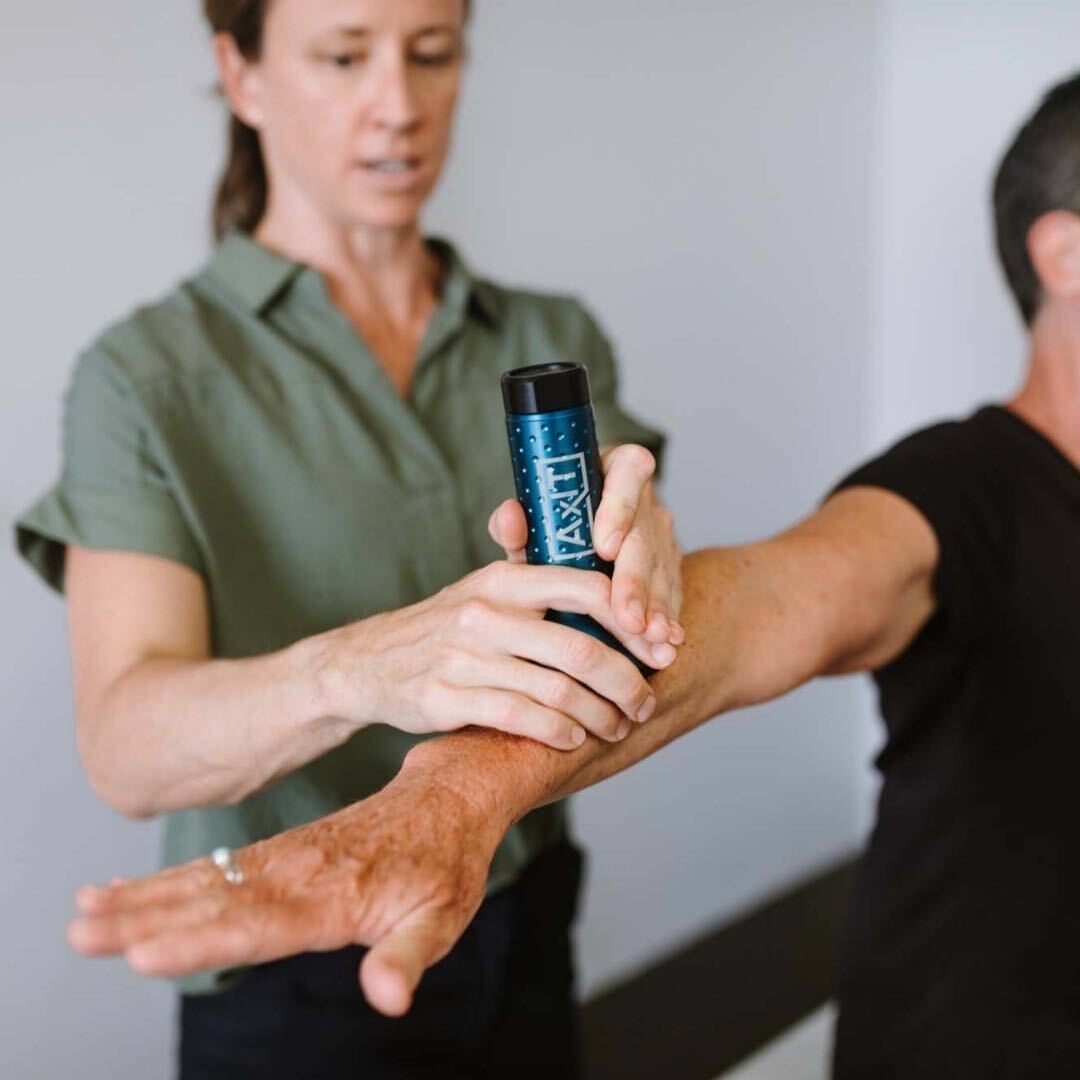Why you should be using a muscle dynamometer

Muscle dynamometry in the health and fitness industry is not new, in fact the first examples of muscle dynamometers date back to the late 1700’s. Since those times these devices have advanced extensively in their accuracy, portability and automation in the assessment workflows for health and fitness professionals to the point where AxIT’s Push-IT and Pull-IT dynamometers can quickly assess a client's isometric strength, indicate where their clients results lie according to evidence based references, track their progression over time and seamlessly transcribe this assessment data into client management software.
So if you are not already using a muscle dynamometer here is all the information you need to know.
What is a muscle dynamometer?
A muscle dynamometer such as the AxIT Push-IT and Pull-IT are a device that is used to measure the strength of a person's muscles. Dynamometers are commonly used in sports medicine, rehabilitation, and research to assess the health and function of the muscles. There are several types of dynamometers, including handheld dynamometers and tension dynamometers, which are small, portable devices that can be used to measure the strength of specific muscles or muscle groups, and specialized strength testing machines, which are larger, stationary devices that can be used to measure the strength of multiple muscles or the entire body. Dynamometers work by applying a force to the device and measuring the amount of force generated by the muscle, usually in an isometric testing fashion. This information can provide valuable insights into the strength and function of the muscles, and it can be used to assess the effectiveness of treatments, such as physical therapy or medication.
Who should use muscle dynamometers?
Health and fitness professionals often use dynamometers to measure muscle strength in their patients and clients. This information can be used to help diagnose muscle weakness, imbalances or other impairments, and it can also be used to track a clients progress and adjust their treatment or training plan accordingly. Dynamometry is an important tool for physiotherapists, as it provides objective and quantitative data on muscle strength that can be used to support decision making and enhance client motivation and buy-in.
What are common dynamometer tests?
Typically there are two different methods of evaluating muscle strength and endurance by measuring the maximum force a muscle can generate against a muscle dynamometer and the amount of time the muscle can sustain a submaximal contraction before fatiguing.
- "Make it" protocol: In this protocol, the subject is asked to exert their maximum force for a short period of time (usually 3-5 seconds) against a resistance that matches their force (either by the health and fitness professional or against an isometric resistance). This is repeated several times, with the subject given a short rest period between each contraction. The highest force produced during any of the contractions is recorded.
- "Break it" protocol: In this protocol, the subject is asked to sustain a submaximal contraction for as long as possible until their muscle fatigues and they are no longer able to maintain the contraction against an overpowering force from health and fitness professional or external resistance. The highest force produced during any of the contractions is recorded, this is usually a higher result than the “make it” protocol due to the eccentric contraction of the muscle.
Both of these protocols can be performed using the AxIT Push-IT and Pull-IT to evaluate muscle strength, power and endurance, and are often used in research studies or in health and fitness settings to assess muscle function in patients and clients.
Some common examples of isometric muscle dynamometry strength tests include:
Handgrip Dynamometry:

Hand grip dynamometry is a method of measuring the strength of the muscles in the hand and forearm. In research studies, hand grip dynamometry is often used as a measure of muscle function. It is a good indicator of overall muscle strength and physical fitness. Hand grip strength can be affected by a variety of factors, including age, gender, body size, and physical activity level. It also has many advantages as it is safe and easy to perform.
Knee Extension:

Knee extension is typically a measure of Quadriceps muscle strength and has been shown to be an important indicator of lower limb function. Often it is used as a measure of physical fitness and is important in activities such as walking, running, and climbing stairs. A person with weak knee extension muscles may have difficulty performing these tasks, which can affect their mobility and quality of life. Higher levels of knee extension strength has also been shown to be an important factor in the positive outcomes of pathologies such as knee osteoarthritis and ACL reconstruction.
Shoulder / Rotator Cuff strength:

Muscle dynamometry is often used to assess the strength of the different muscles of the rotator cuff in a health and fitness setting as these muscles are often important for stabilising and moving the shoulder joint in everyday activities such as lifting, carrying, and reaching for objects. Shoulder strength is also important in sports and other physical activities that involve upper body strength and mobility. For example, it is important for activities such as throwing, swimming, and weightlifting. Assessing muscle function is also important to measure the progress in patients with shoulder injuries or conditions such as muscle tears, post surgery and osteoarthritis and can be used to evaluate the effectiveness of training and rehabilitation programs.
Learn More
Want to learn more about muscle dynamometry and whether Push-IT and Pull-IT are appropriate for use in your health and fitness business? Check out our free resources available for download or arrange a time to speak with one of our team to find out if AxIT is right for you.

